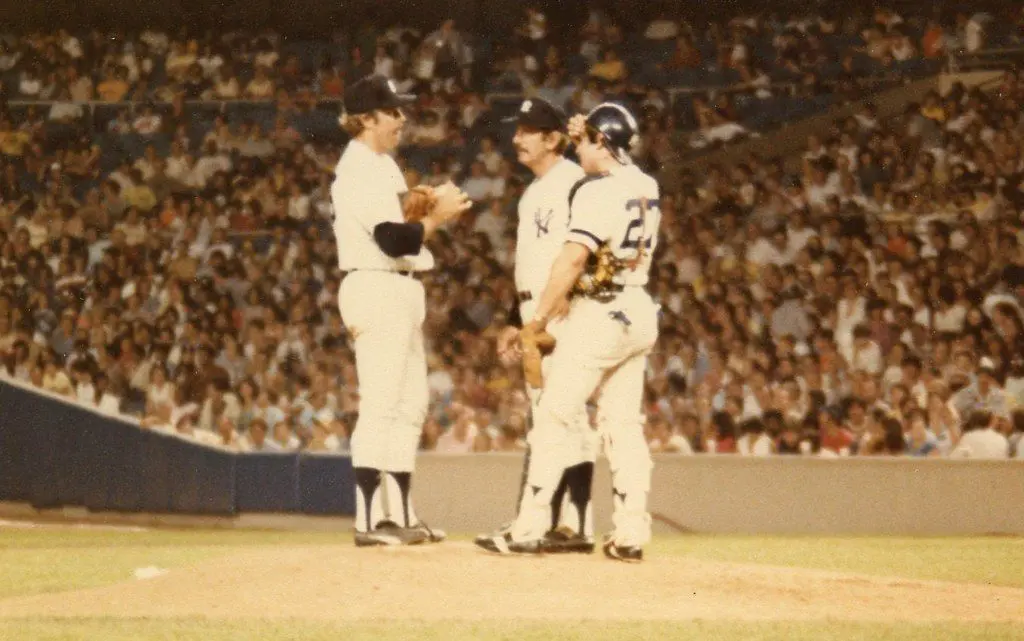Free agency in Major League Baseball is a common occurrence in modern baseball. It is a love-hate system in MLB that causes teams to lose star players to more powerful clubs interested in paying them more money. On the other hand, free agency can be seen as a device that enables ball clubs to add top-notch players without giving up other talent. It is a way to transform a club overnight.
In 1976, MLB ushered in free agency, but it didn’t come in all at once. The system for changing teams had long been established with just two ways of player movement: trades or releases.
Two years prior to free agency being adopted by MLB, Oakland Athletics pitcher Catfish Hunter became the first free agent in the big leagues. Modern baseball fans may not realize Hunter’s role in helping players gain more control over their careers. However, the pitcher, who died in 1999, played a significant part in what occurs during the off-season in today’s game.
At the beginning of the 1974 season, Hunter agreed a contract with the A’s for $100,000 ($520,800 in 2019) for one year. Hunter’s contract called for the ball club to pay him $50,000 of his salary directly from A’s owner Charles O. Finley. The money Finley owed Hunter was to be paid into an annuity fund, but the owner was late on the payments – or not interested in making them.
Hunter was just 28-years old when the contract conflict occurred. However, the hurler was the A’s ace pitcher and according to teammate Reggie Jackson, the “father” of the Oakland franchise. In 1974, Hunter won the Cy Young Award after posting 25 wins, which led the American League. He also had the league’s best ERA (2.49). To top things off, Hunter led the A’s to their third straight World Series title.
In modern baseball, Hunter would be a priceless pitcher earning money at the level of Washington Nationals pitcher Max Scherzer who made $42 million for the 2019 MLB season. Yet, before free agency, players couldn’t dream of commanding astronomical salaries. While $100,000 in 1974 was a great figure, it was still less than what Hunter would have been worth on the open market.
Baseball was still six years away from its first million-dollar player. Nolan Ryan’s 1980 contract with the Houston Astros for $1m a season was due to free agency which resulted directly from Hunter, Curt Flood, Andy Messersmith and Dave McNally pushing for player freedom.
In November of 1974, Hunter’s case against Finley was heard by the American Arbitration Association. Chris Seitz, the man that would rule in favor of Messersmith and McNally later on, oversaw Hunter’s case and decided Finley was in the wrong. Finley had claimed to not understand Hunter’s contract, therefore, the reason he hadn’t paid the player’s salary.Seitz initially declared Finley to be at fault and followed up the decision by ruling Hunter could become a free agent. The move was an immediate solution to the issue and Hunter thus became the first-ever free agent. The pitcher shortly thereafter signed with the New York Yankees for five-years at $3.75 million ($19.5m in 2019). Two years later, free agency transformed baseball giving players more options in their careers and weakening the grips clubs had on their personnel.

